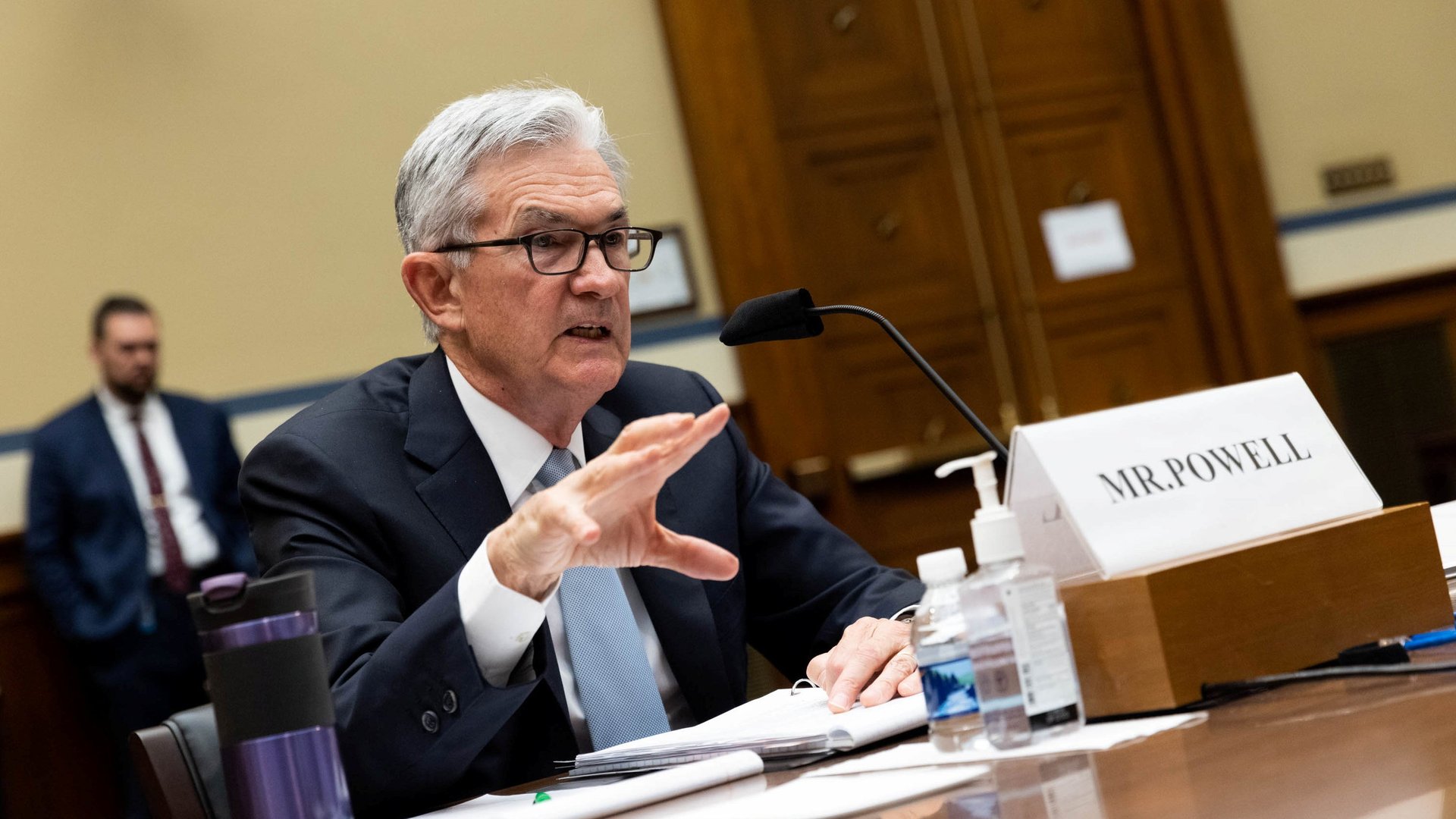The rising US inflation rate is testing the Fed’s expectations
The Federal Reserve’s preferred measure of US inflation, the personal consumption expenditure index, rose to 3.9% in May versus the year before, but the rate of increase slowed to 0.4% since April.


The Federal Reserve’s preferred measure of US inflation, the personal consumption expenditure index, rose to 3.9% in May versus the year before, but the rate of increase slowed to 0.4% since April.
The diverging signals may portray a US economy whose price increases are nearing their peak, like a cyclist reaching a summit before easing back downhill. Still, observers hunting for evidence that this inflation is transitory, a passing fad of economic recovery and diminishing federal aid, or becoming a structural obstacle to price stability, will not settle their debate.
Take that high year-over-year change: It still reflects unusually low inflation during the onset of the pandemic recession last year, making the annual change appear unusually high—indeed, the highest level in this index since 2008. But the slowing growth, and a small decrease in personal spending, will reassure Federal Reserve chair Jay Powell, who argued in testimony this week that price growth will pass.
Under Powell, the Fed has adopted a new approach to boosting employment that is being tested by these high prices. The Fed plans to let inflation run slightly above 2% while the economy recovers. But some economists worry that government spending to fight the pandemic pumped too much money into the economy, and the Fed should be wary.
How the PCE report matches up with the Fed’s inflation forecast
Economist Adam Posen, a former member of the Bank of England’s rate setting committee, backs the Fed’s new framework, but has worried the Fed and other economists are underestimating inflation. Speaking before last week’s meeting of the Federal Open Market Committee, he said he expects 3.5% inflation in 2021. Fed officials raised their 2021 forecast to 3.4% last week.
You can see in the chart below how the Fed’s forecast for the rest of the year changed between March and June, as economic recovery exceeded their expectations. That’s one reason some members of the Fed’s rate setting board predicted rate hikes sooner in 2022 during their last meeting. Still, for the Fed’s forecast of 3.4% inflation in 2021 to be accurate, price increases will still have to slow significantly on average in the months ahead, to about a 2.2% annualized increase:
Economists examining the report also noted that disposable income has fallen steadily for the last two months, as the effects of stimulus checks and generous pandemic unemployment benefits fade out of the economy. That should help reduce fears that boosted consumer spending will drive up prices permanently. At the same time, the report also revealed that many Americans were still dependent on unemployment benefits in May, which represent 2.1% of disposable income, about five times the pre-pandemic level.
Indeed, the elevated unemployment level, still much higher than before the pandemic, underscores the cost-benefit analysis made by policymakers, who want to see more Americans go back to gainfully compensated work before they withdraw their support for the economy.